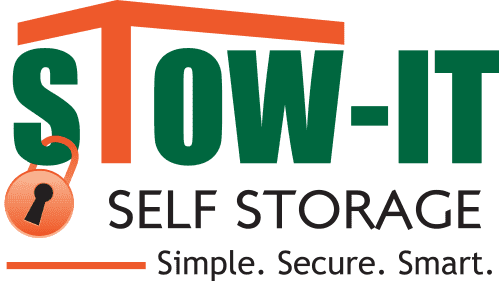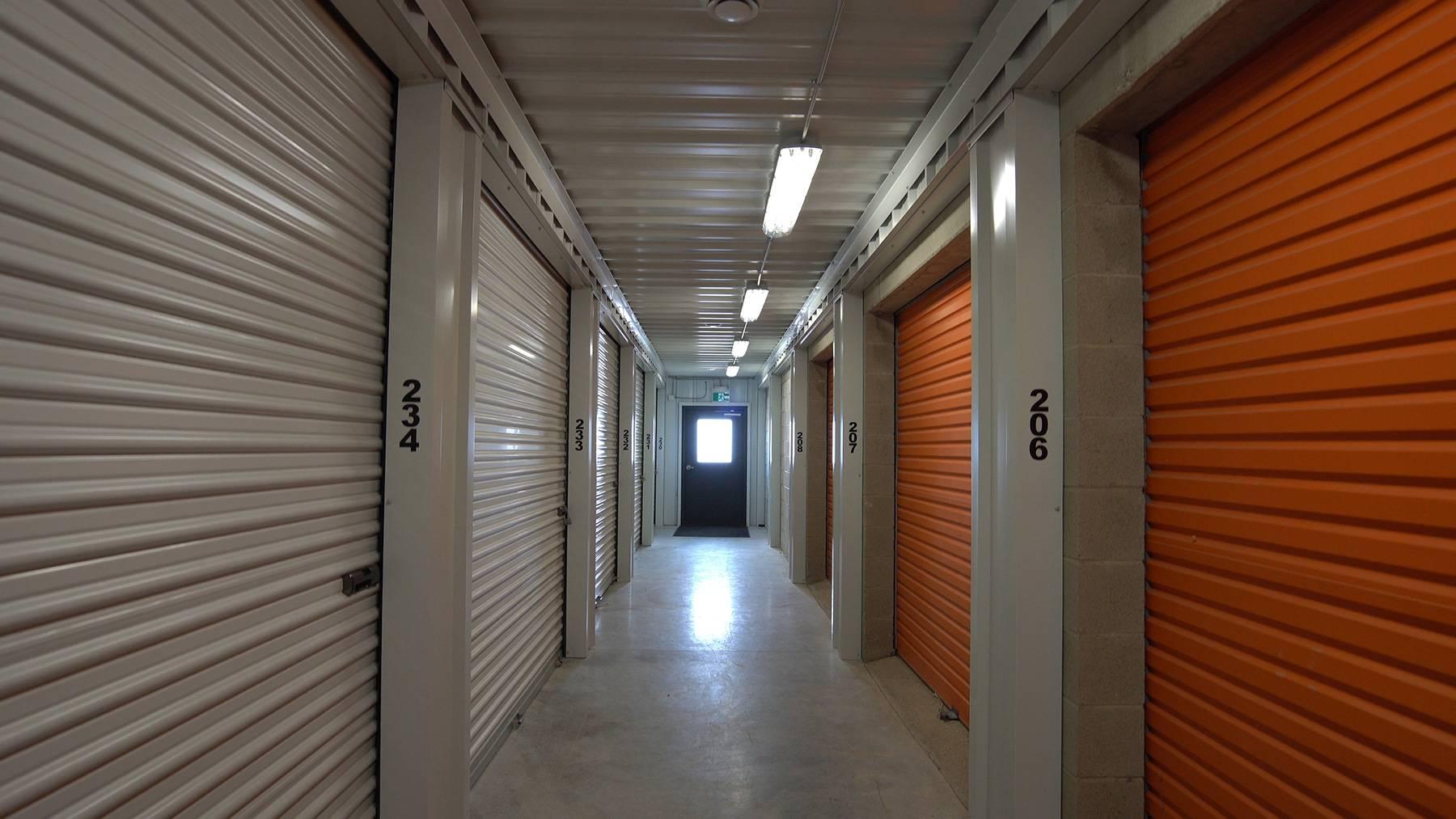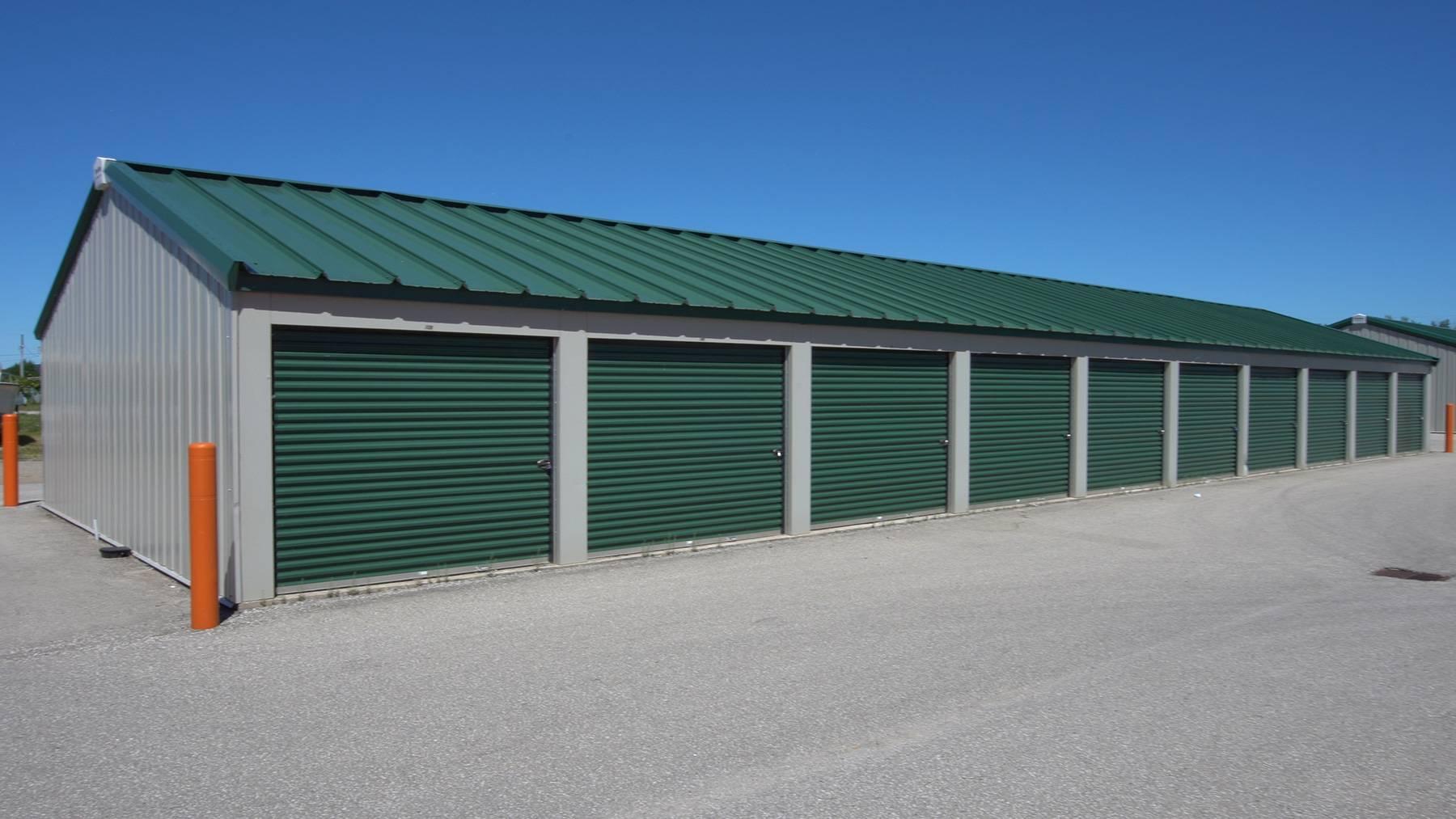STORAGE TIPS
Do:
- Plan Your Layout: Maximize your space by arranging items thoughtfully. Leave a central aisle for easy access to the back of your unit.
- Use Shelving & Pallets: Freestanding shelves help organize items efficiently. Elevate belongings off the floor with pallets, plywood, or 2x4s to improve ventilation. Free pallets are available on a first-come, first-served basis.
- Label & List: Mark boxes on all six sides and keep an inventory list for quick reference.
- Pack Smart: Fill boxes without making them too heavy. Place heavier boxes at the bottom and lighter ones on top to prevent crushing. Keep all boxes off the floor.
- Accessibility: Store frequently used items near the front for easy retrieval.
- Protect Your Items: Cover furniture and fragile items with moving pads, blankets, or sheets.
- Regular Checks: Inspect your unit at least once a month.
- Disassemble Furniture: Take apart tables, bed frames, and other large items. Wrap and label all pieces; keep hardware in labeled bags.
- Electronics Storage: Use color-coded stickers on cords and connections to simplify reassembly. Whenever possible, store electronics in their original boxes.
- Appliances: Clean and dry all appliances. Leave doors slightly ajar to prevent mildew.
- Furniture & Stacking: Store couches on end, stack chairs seat-to-seat, and place paper pads between items to avoid scratches. Store mattresses and box springs on their long edges, elevated from the floor.
- Art & Books: Store mirrors and paintings upright. Lay books flat to protect spines.
- Metal Items: Apply a thin layer of machine oil to tools, bikes, and equipment to prevent rust. Drain and clean all equipment before storage.
- Fragile & Collectible Items: Wrap breakables in bubble wrap or unprinted paper and tape securely. Group similar items together and label boxes clearly.
- Clothing & Draperies: Use wardrobe boxes with hangers to maintain original shapes.
- Insurance: Ensure valuable belongings are covered—check with your insurance provider.
- Containers: Rubbermaid or similar stackable containers with tight-fitting lids protect items and keep them organized. Store valuables toward the back of the unit.
- Seasonal Items: Keep out-of-season clothes accessible, in case storage extends longer than expected.
- Safety & Awareness: Stay alert while in your unit and report any suspicious activity to management.
- Creative Storage: Use trash cans for tools and stack extra cans inside one another.
- Secure Your Unit: Always use high-quality locks. Stow It Self Storage sells quality locks onsite.
- Declutter: Moving is a perfect opportunity to get rid of unused items.
- Ventilation: Leave a few inches between your boxes and the unit walls for better airflow.
- Electronics: Remove all batteries before storing electronics to prevent leakage or damage.
Don't:
- Avoid Plastic Covers: Do not wrap your belongings in plastic, as it traps moisture and can damage your items.
- No Food Storage: Never store food or perishable items, as they attract pests and vermin.
- Pack Safely: Avoid making boxes too heavy to lift, especially when packing books or dense items.
- Check Insurance Coverage: Do not assume your homeowners or renters insurance covers items while in storage—confirm with your provider.
- Protect Access Information: Never share your password, gate code, or any access information with anyone not listed on your account.
- Avoid Newspapers for Wrapping: Printed newspapers can smudge and stain your belongings. Use unprinted paper or bubble wrap instead.
- Clean Appliances: Always clean and dry appliances thoroughly before storing.
- No Hazardous Materials: Do not store flammable, combustible, or toxic items such as paint, oil, gasoline, fuel tanks, aerosols, fireworks, alcohol, cleaners, or chemicals. These materials pose serious risks to your belongings, the facility, and others.
- No Animals or Plants: Storing living animals or plants is prohibited, as they can attract pests and may violate regulations. Animal products are also not allowed.
- No Firearms or Explosives: Firearms, ammunition, and explosives are strictly prohibited.
- Avoid Odorous Items: Do not store anything that produces strong or unpleasant odors, which could affect neighboring units.


